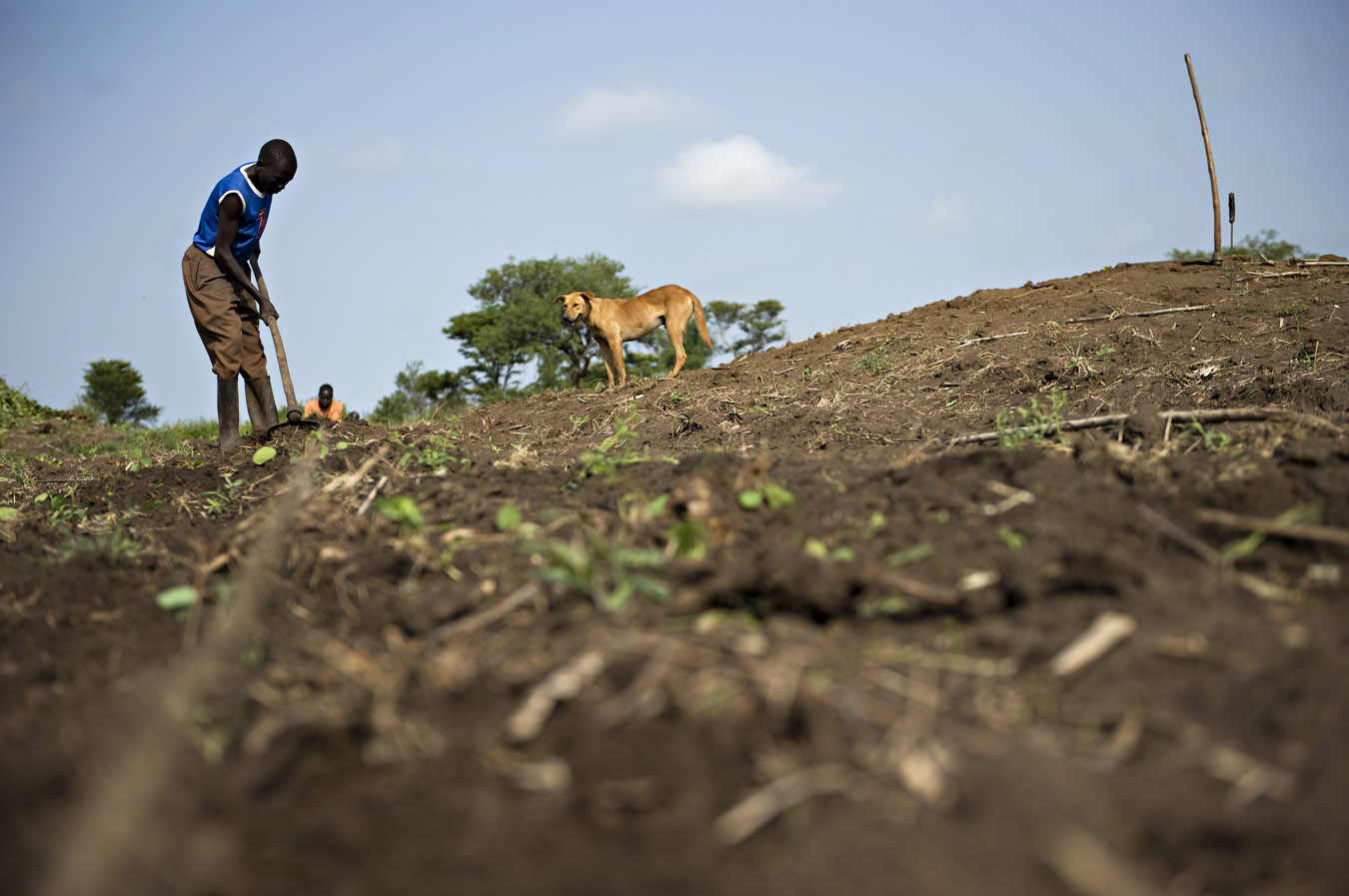81bf5d086f894e44ba6234f685ff2758.jpg?sfvrsn=a44a6b83_0)
Understanding zoonotic diseases: A global health challenge
Zoonotic diseases, also known as zoonoses, are infectious diseases that can be spread between animals and humans. They include diseases that can be transmitted through various routes, such as water, contaminated objects (fomites), or vectors (such as insects).
Zoonotic diseases incidence is common, they represent 60 percent of infectious diseases in humans. They have significant impact on the health of livestock (and therefore on food security), the health of wild animals, public health and economies.
Zoonotic diseases not only threaten animal and public health, but also have profound socioeconomic consequences. Outbreaks can lead to trade restrictions, loss of income for farmers and livestock owners, and increased healthcare costs. Tourism-dependent economies also suffer, as fear of outbreaks discourages travel and economic activity.
Zoonoses can be caused by bacteria, viruses, parasites, or fungi and have been responsible for some of the most significant health crises in human history. With increasing globalization, urbanization, and environmental changes exacerbated by ongoing climate change, zoonotic diseases are emerging more frequently, making their prevention and control a global priority.
Some well-known zoonotic diseases include rabies, a fatal viral disease primarily transmitted through animal bites, particularly from dogs. Avian influenza, commonly known as bird flu, is a highly infectious virus that spreads through poultry and wild birds. Another example is brucellosis, a bacterial infection affecting livestock that can spread to humans through consumption of unpasteurized dairy products and contamination exposure to bodily fluids, such as afterbirth in livestock. Ebola, a severe viral hemorrhagic fever, originates in wild animals such as fruit bats and primates. Japanese encephalitis, a vector-borne viral disease transmitted to humans from pigs and water birds by mosquito bite. Leptospirosis, a bacterial disease transmitted through the urine of infected animals, is another significant zoonotic threat, often linked to contaminated water sources. More recently, COVID-19 demonstrated how zoonotic diseases can cross the species barriers and rapidly escalate into global pandemics.
.jpg?sfvrsn=1ba01734_0)
Why are zoonotic diseases a growing concern?
Several factors contribute to the increasing occurrence of zoonoses. Deforestation and habitat destruction are major drivers, as human encroachment into wildlife areas increases the chances of pathogen transmission between wild animals, domestic animals and humans. The illegal wildlife trade and the commercialization of live animal markets create environments where humans, domestic animals, and wildlife come into close contact, increasing the likelihood of spillover events. In densely populated urban areas, rapid expansion and poor sanitation can further facilitate disease transmission, particularly in informal settlements where healthcare and veterinary services are limited. Intensive animal farming also plays a role, as high-density livestock farming creates conditions that facilitate the spread of zoonotic pathogens.
Climate change is another critical factor. Rising temperatures and shifting ecosystems affect the distribution of disease vectors such as mosquitoes and ticks, altering patterns of disease transmission. Vector-borne diseases, such as West Nile fever, Rift Valley fever, and Crimean-Congo Hemorrhagic fever (CCHF) are further spreading in new areas due to changes in climate conditions. Global travel and informal trade further amplify these risks, enabling pathogens to cross borders more easily than ever before. Additionally, antimicrobial resistance (AMR) is becoming a significant global threat, as the misuse of antibiotics in humans and animals is leading to resistant pathogens, where for example bacteria are evolving to become less susceptible to current antibiotic treatments, making disease control efforts more complicated.
FAO’s efforts in combating zoonotic diseases
FAO works closely with national governments and stakeholders to strengthen animal health systems, promote sustainable farming, and improve biosecurity measures. One of our key initiatives is emergency prevention, preparedness and response, where FAO provides guidance and support to countries in reducing risks of zoonotic diseases. By helping countries to detect, respond to, and prevent further spread, FAO plays a vital role in preventing and mitigating animal health crises and pandemics.
Additionally, FAO promotes the One Health approach, which encourages collaboration across human, animal, and environmental health sectors to develop effective policies and practices to prevent and control zoonotic diseases and AMR. FAO, with partners, applies One Health principles in the animal health sector to improve preparedness against the zoonotic diseases and AMR. Furthermore, FAO strengthens national animal disease surveillance networks to support early detection and control of outbreaks before they escalate.
Recognizing the interconnectedness of human, animal, and environmental health, global organizations have united to address zoonotic diseases. The Quadripartite collaboration – which includes FAO, the United Nations Environment Programme (UNEP), the World Health Organization (WHO), and the World Organisation for Animal Health (WOAH) – plays a crucial role in global health security. This partnership works to improve disease surveillance, strengthen health system capacities, and promote policy coherence to reduce the risks of zoonoses worldwide.
Find out more

In depth
Zoonoses
Zoonotic diseases, or zoonoses, are diseases shared between animals – including livestock, wildlife, and pets – and people.

In depth
Antimicrobial resistance
Antimicrobial resistance (AMR) is a major global threat of increasing concern to human and animal health.

In depth
One Health approach to rabies
FAO supports member countries in their efforts to prevent and control rabies through a One Health approach.
